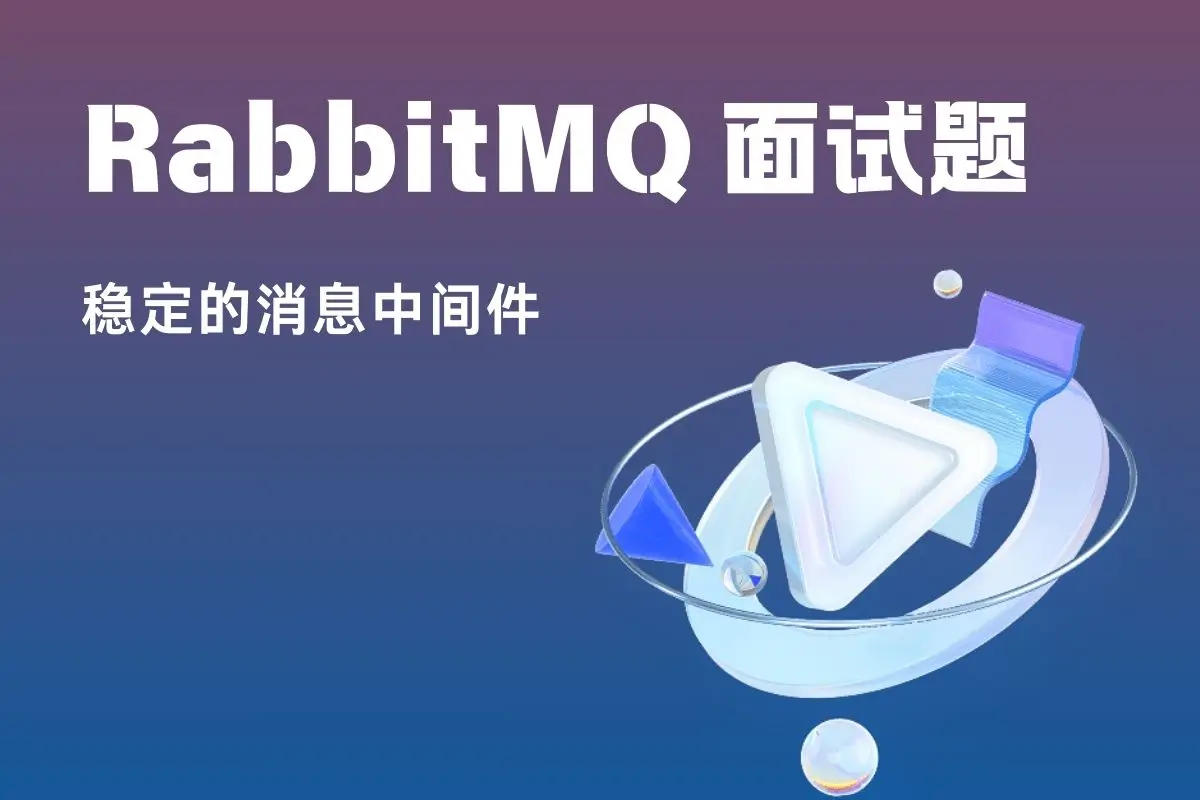在 Vue 2.0 中,v-html 指令用于将数据作为 HTML 插入到 DOM 中,但它不再支持使用过滤器(Filters)。如果需要处理 HTML 内容,可以通过以下方法实现:
1. 使用计算属性(Computed Properties)
计算属性可以根据数据动态生成处理后的 HTML 内容。
示例
<template><div v-html="processedHtml"></div></template><script>export default {data() {return {rawHtml: '<p style="color: red;">Hello, Vue!</p>',};},computed: {processedHtml() {// 在这里处理 HTML 内容return this.rawHtml.replace(/red/g, 'blue');},},};</script><template> <div v-html="processedHtml"></div> </template> <script> export default { data() { return { rawHtml: '<p style="color: red;">Hello, Vue!</p>', }; }, computed: { processedHtml() { // 在这里处理 HTML 内容 return this.rawHtml.replace(/red/g, 'blue'); }, }, }; </script><template> <div v-html="processedHtml"></div> </template> <script> export default { data() { return { rawHtml: '<p style="color: red;">Hello, Vue!</p>', }; }, computed: { processedHtml() { // 在这里处理 HTML 内容 return this.rawHtml.replace(/red/g, 'blue'); }, }, }; </script>
优点
- 响应式:当数据变化时,计算属性会自动更新。
- 可复用:可以在多个地方使用同一个计算属性。
缺点
- 性能开销:如果处理逻辑复杂,可能会影响性能。
2. 使用方法(Methods)
通过方法动态生成处理后的 HTML 内容。
示例
<template><div v-html="processHtml(rawHtml)"></div></template><script>export default {data() {return {rawHtml: '<p style="color: red;">Hello, Vue!</p>',};},methods: {processHtml(html) {// 在这里处理 HTML 内容return html.replace(/red/g, 'blue');},},};</script><template> <div v-html="processHtml(rawHtml)"></div> </template> <script> export default { data() { return { rawHtml: '<p style="color: red;">Hello, Vue!</p>', }; }, methods: { processHtml(html) { // 在这里处理 HTML 内容 return html.replace(/red/g, 'blue'); }, }, }; </script><template> <div v-html="processHtml(rawHtml)"></div> </template> <script> export default { data() { return { rawHtml: '<p style="color: red;">Hello, Vue!</p>', }; }, methods: { processHtml(html) { // 在这里处理 HTML 内容 return html.replace(/red/g, 'blue'); }, }, }; </script>
优点
- 灵活性高:可以根据需要传递参数。
- 逻辑分离:将处理逻辑封装在方法中。
缺点
- 手动调用:需要手动调用方法,无法自动响应数据变化。
3. 使用全局方法或工具函数
将 HTML 处理逻辑封装在全局方法或工具函数中,方便复用。
示例
// utils.jsexport function processHtml(html) {return html.replace(/red/g, 'blue');}// 组件中<template><div v-html="processedHtml"></div></template><script>import { processHtml } from './utils';export default {data() {return {rawHtml: '<p style="color: red;">Hello, Vue!</p>',};},computed: {processedHtml() {return processHtml(this.rawHtml);},},};</script>// utils.js export function processHtml(html) { return html.replace(/red/g, 'blue'); } // 组件中 <template> <div v-html="processedHtml"></div> </template> <script> import { processHtml } from './utils'; export default { data() { return { rawHtml: '<p style="color: red;">Hello, Vue!</p>', }; }, computed: { processedHtml() { return processHtml(this.rawHtml); }, }, }; </script>// utils.js export function processHtml(html) { return html.replace(/red/g, 'blue'); } // 组件中 <template> <div v-html="processedHtml"></div> </template> <script> import { processHtml } from './utils'; export default { data() { return { rawHtml: '<p style="color: red;">Hello, Vue!</p>', }; }, computed: { processedHtml() { return processHtml(this.rawHtml); }, }, }; </script>
优点
- 复用性强:可以在多个组件中使用。
- 逻辑分离:将处理逻辑与组件解耦。
缺点
- 需要引入:需要手动引入工具函数。
4. 使用自定义指令(Directives)
通过自定义指令处理 HTML 内容。
示例
// 定义自定义指令Vue.directive('process-html', {bind(el, binding) {el.innerHTML = binding.value.replace(/red/g, 'blue');},update(el, binding) {el.innerHTML = binding.value.replace(/red/g, 'blue');},});// 组件中<template><div v-process-html="rawHtml"></div></template><script>export default {data() {return {rawHtml: '<p style="color: red;">Hello, Vue!</p>',};},};</script>// 定义自定义指令 Vue.directive('process-html', { bind(el, binding) { el.innerHTML = binding.value.replace(/red/g, 'blue'); }, update(el, binding) { el.innerHTML = binding.value.replace(/red/g, 'blue'); }, }); // 组件中 <template> <div v-process-html="rawHtml"></div> </template> <script> export default { data() { return { rawHtml: '<p style="color: red;">Hello, Vue!</p>', }; }, }; </script>// 定义自定义指令 Vue.directive('process-html', { bind(el, binding) { el.innerHTML = binding.value.replace(/red/g, 'blue'); }, update(el, binding) { el.innerHTML = binding.value.replace(/red/g, 'blue'); }, }); // 组件中 <template> <div v-process-html="rawHtml"></div> </template> <script> export default { data() { return { rawHtml: '<p style="color: red;">Hello, Vue!</p>', }; }, }; </script>
优点
- 封装性强:将处理逻辑封装在指令中。
- 复用性强:可以在多个组件中使用。
缺点
- 复杂度高:需要熟悉自定义指令的用法。
5. 使用第三方库
如果需要复杂的 HTML 处理(如 Markdown 解析、XSS 过滤等),可以使用第三方库。
示例
// 使用 marked 解析 Markdownimport marked from 'marked';export default {data() {return {markdown: '# Hello, Vue!',};},computed: {processedHtml() {return marked(this.markdown);},},};// 使用 marked 解析 Markdown import marked from 'marked'; export default { data() { return { markdown: '# Hello, Vue!', }; }, computed: { processedHtml() { return marked(this.markdown); }, }, };// 使用 marked 解析 Markdown import marked from 'marked'; export default { data() { return { markdown: '# Hello, Vue!', }; }, computed: { processedHtml() { return marked(this.markdown); }, }, };
优点
- 功能强大:可以处理复杂的 HTML 内容。
- 节省时间:避免重复造轮子。
缺点
- 依赖第三方库:需要引入额外的库。
6. 总结
| 方法 | 适用场景 | 优点 | 缺点 |
|---|---|---|---|
| 计算属性 | 动态生成 HTML 内容 | 响应式、可复用 | 性能开销 |
| 方法 | 需要传递参数的场景 | 灵活性高 | 手动调用 |
| 全局方法/工具函数 | 多个组件复用逻辑 | 复用性强 | 需要引入 |
| 自定义指令 | 封装 HTML 处理逻辑 | 封装性强 | 复杂度高 |
| 第三方库 | 复杂 HTML 处理(如 Markdown 解析) | 功能强大 | 依赖第三方库 |
在实际开发中,计算属性 和 方法 是最常用的方式,适合大多数场景。如果需要更复杂的处理,可以考虑使用 自定义指令 或 第三方库。
THE END








暂无评论内容